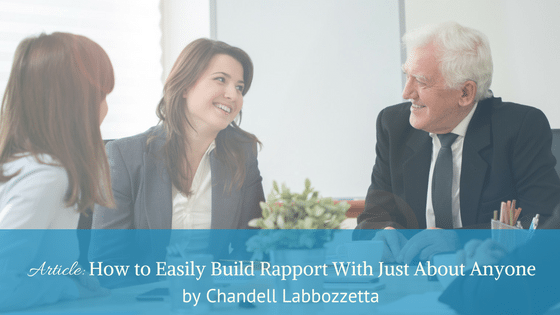#TuesdayTips
Building rapport is a key skill that makes our relationships run more smoothly in every area of our lives so it’s worth investing some time in thinking about some key techniques that help us establish rapport as quickly and easily as possible.
I’ve written about the entire 5-Step Selling process in another post [Link to #16] so this post just focuses on the first element of the strategy.





